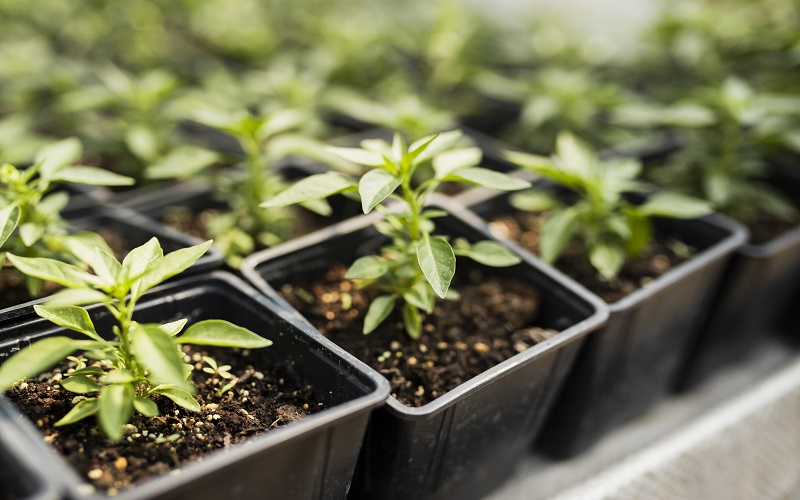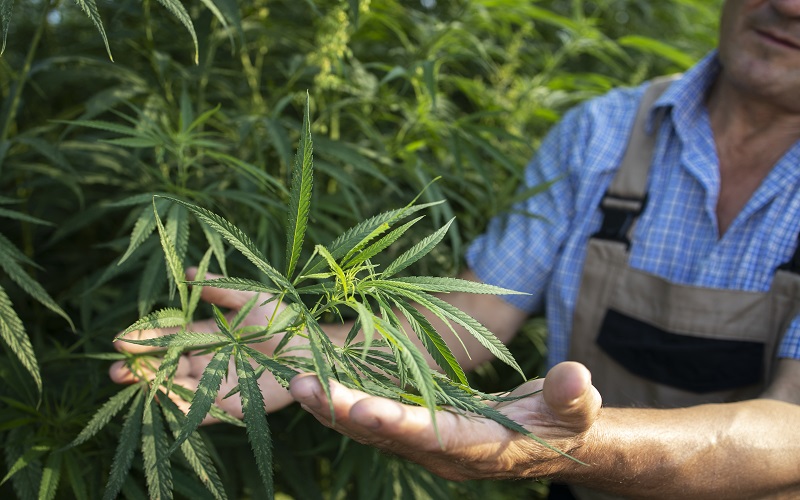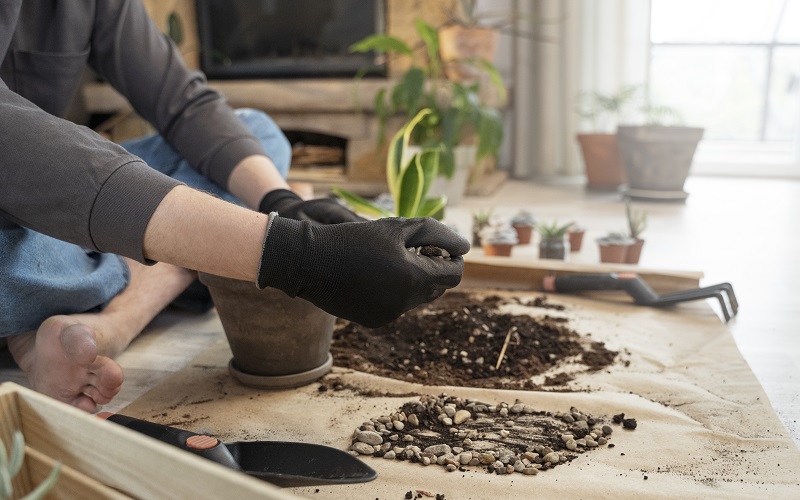Your cart is currently empty!

Common Issues with Single Cannabis Seed Cultivation
When cultivating single cannabis seeds, it’s essential to provide proper care during germination and transplantation. Additionally, using high-quality soil and implementing a well-structured lighting schedule during the growth phase is crucial. Special attention is necessary when germinating individual seeds to avoid mistakes. Now, let’s examine common problems that can occur while growing cannabis seeds and learn how to prevent them.
Exposure to water:
The optimal method for germinating single cannabis seeds involves soaking the seed in pure water in a cup. This cup should then be placed in a dark, warm location. After 1-2 days, gently transfer the seed to the soil, burying it about half an inch deep in a jiffy pellet. Under proper conditions of moisture and warmth, the seed will typically sprout within 4-14 days. Soaking serves to soften and break the seed coat, facilitating easier germination and potentially speeding up the process by up to a week.
However, it’s crucial to avoid prolonged exposure to water, even after germination, as this can lead to browning and rotting of the roots. Oversoaking can hinder the oxygen supply to the plant, ultimately causing it to perish. It’s essential to note that there is no potential for plant growth from dead seeds.
Furthermore, maintaining the right moisture level is critical during germination, as inadequate moisture can swiftly lead to the death of cannabis seeds. Moisture plays a vital role in the successful germination of cannabis seeds.
Depth problems:
Depth-related issues can affect the successful growth of cannabis seeds during transplantation. It’s crucial to ensure that the seed is only buried to a depth of approximately half an inch (½”). If the seed is placed too deep into the soil, it may struggle to emerge above the surface as it does not get enough oxygen to germinate.
Seeds rely on their stored energy until they can reach the surface and begin photosynthesis to produce their own energy. Therefore, transplanting them too deeply can hinder their ability to establish themselves. On the other hand, if the seed is planted too shallow, it may not receive adequate darkness for germination, and the roots may fail to anchor properly in the soil, causing them to weaken and impede healthy growth.
Lighting problems:
The growth of a cannabis plant involves specific light requirements at different stages. During germination, darkness is essential, while after germination, a well-planned light schedule is crucial. In the growth stage, which typically begins after the appearance of the 8th set of true leaves and lasts for 1-2 months, the cannabis plant requires 18 hours of light followed by 6 hours of darkness each day. After this vegetative stage, the lighting regimen which should shift to 12 hours of darkness and 12 hours of light to initiate the flowering stage, which spans a period of 6 to 12 weeks.
Lighting for cannabis cultivation can be provided using various options, including fluorescent lamps, LED lamps, or High-Intensity Discharge (HID) grow lights. However, it’s vital to avoid excessive lighting, which can lead to several issues such as browning or yellowing of leaves, leaf bleaching, and stunted growth. These problems can arise from either an overly intense light source or a failure to maintain the appropriate lighting schedules as required for each growth stage. Proper lighting management is crucial to achieving healthy and productive cannabis plants.
Other problems:
Cannabis cultivation often encounters challenges arising from soil quality and watering practices. Backyard soil, typically used, may lack the necessary nutrients and can harbor diseases detrimental to cannabis growth. To thrive, cannabis requires high-quality potting soil with a pH between 5.8 and 6.5. Overwatering can lead to root rot, so it’s vital to water only when the soil has dried, and the use of pure water like distilled or RO water is recommended. Maintaining a relative humidity of 40-60% is also crucial to ensure optimal photosynthesis and healthy growth.
Conclusion:
These are the various challenges that can arise during the growth of cannabis plants, and it’s essential to address them effectively as explained above. One can consider trying auto-flowering plants initially, as it doesn’t require changes in light schedules when placed outdoors. In addition, careful attention is crucial during the harvest stage, for homegrown cannabis seeds, to ensure proper drying and curing.
At 1Seeds, we provide single cannabis seeds in the USA and across the world, sourced in bulk from reputable brands. We offer high-quality seeds with guaranteed germination, though natural variations can occur, and we’re here to support you in such cases. We prioritize transparency by providing source information and other pertinent details for every seed listing in our offerings. However, please ensure that cannabis cultivation is legal in your country before making a purchase.


